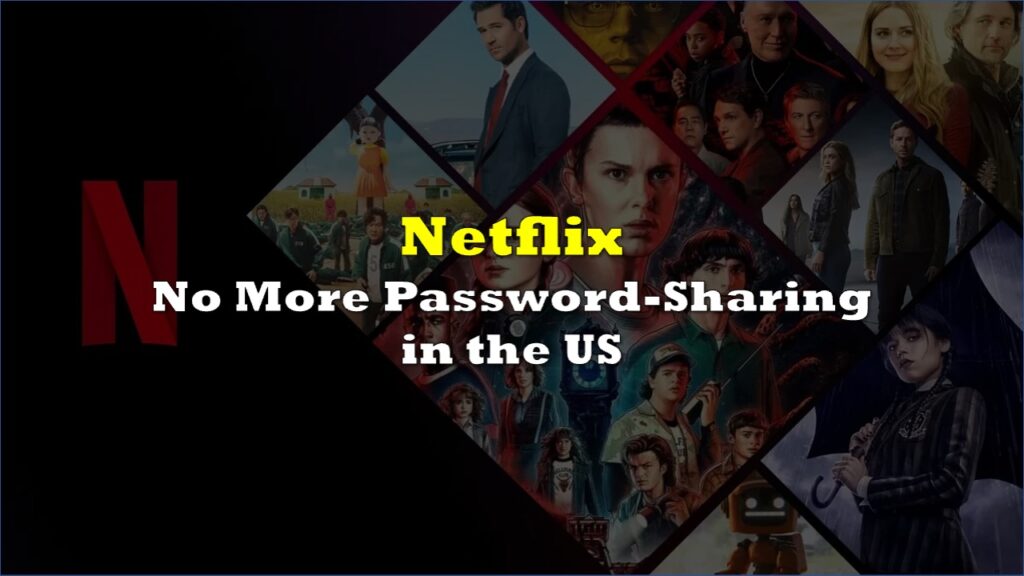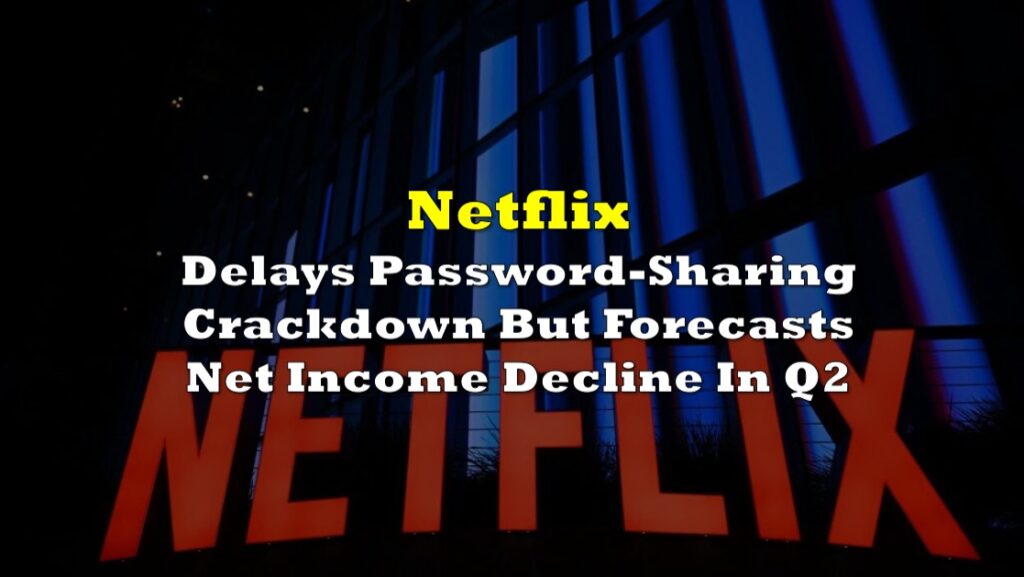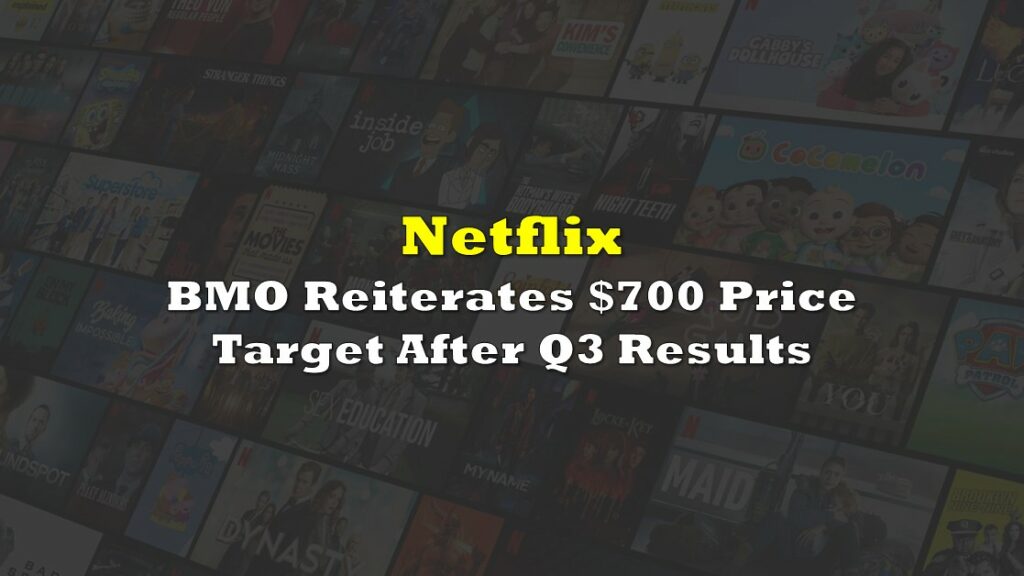After months of speculation, and without an official announcement — at least not yet — streaming giant Netflix (Nasdaq: NFLX) updated its support page on Tuesday to seemingly (and confusingly) lay down how it will begin cracking down on password-sharing, but the company back-tracked and updated the page again a day later.
The first update instructed users to log into their accounts at their primary location every 31 days, and said that “devices that are not part of your primary location may be blocked from watching Netflix.”
“To ensure uninterrupted access to Netflix, connect to the Wi-Fi at your primary location, open the Netflix app or website, and watch something at least once every 31 days. This creates a trusted device so you can watch Netflix, even when you’re away from your primary location,” Netflix wrote on the “Sharing your Netflix account” page of its Help Center but has since deleted although it’s viewable on Wayback Machine.
In instances of extended travel or being away from the primary location for more than 31 days, users can request a temporary code to extend access to the streaming app by seven consecutive days. This was first reported on this site and was met with a lot of confusion.
But, on Wednesday morning, the streaming company once again updated the “Sharing your Netflix account” page of its Help Center and removed the 31-day login, instead focusing on verifying devices.
“People who do not live in your household will need to use their own account to watch Netflix,” they wrote in the new version but without saying that devices outside of the primary location will be blocked this time. “When a device outside of your household signs in to an account or is used persistently, we may ask you to verify that device before it can be used to watch Netflix or switch your Netflix household. We do this to confirm that the device using the account is authorized to do so.”
Verifying a device will require the user to enter a verification code within a 15-minute window. It also said that device verification may be required periodically, assuming that some users will need to access from other locations like when on a trip.
The news of the crackdown, not surprisingly, was met with some outrage. Especially because in 2017, Netflix actually encouraged its users to share passwords.
Love is sharing a password.
— Netflix (@netflix) March 10, 2017
And now, after almost six years, some users might need to pull a Chrystia Freeland and wean family members off a streaming service.
this is such a wild decision by Netflix lmao like, they're aware of long distance relationships, kids in college, and poor people right? pic.twitter.com/ffzqAhwdWb
— Bugs Maytrix 💗🖤💗 (50% off) (@bugsmaytrix) February 1, 2023
The new protocol isn’t the final move. The company wants to convert those who are using other people’s accounts via sharing into becoming subscribers themselves and has already added a profile export feature to allow users to transfer their viewing history and recommendations with them, which it added in October last year.
They also don’t want to get rid of sharing completely, but they do want to make money off of it. According to COO Gregory Peters at the company’s fourth-quarter earnings call on January 19, they are planning on rolling out paid sharing, where users who share their account will be charged a small amount — about $3 to $4 – for each user outside of their home wifi network.
READ: Netflix Q4 2022: Memberships Rose, Income Slumped, CEO Steps Down
“I think there’s a range of motivations for different borrowers,” Peters said when asked about what will drive customers to pay for sharing versus starting their own subscription.
“So some of it is economically driven and so a part of what we’re trying to do is that we are being responsive to that and finding the right price points, whether in terms of an individual account or an extra member affordance.”
The paid sharing model started testing in some markets in Central and South America for $2 a month in May last year. It has been met with complaints of being confusing and about the system not correctly detecting the primary location.
Not a lot of details were shared at the earnings call but Peters said that they will begin rolling out paid sharing as well as other features in a staggered fashion beginning later in the first quarter.
Information for this briefing was found via Netfllix, Gizmodo, Mashable, Streamable, and the sources and companies mentioned. The author has no securities or affiliations related to the organizations discussed. Not a recommendation to buy or sell. Always do additional research and consult a professional before purchasing a security. The author holds no licenses.









Canadian Capital Doesn’t Have The Guts to Make Movies
As the members of the US Screen Actor’s Guild join their counterparts in the Writers...